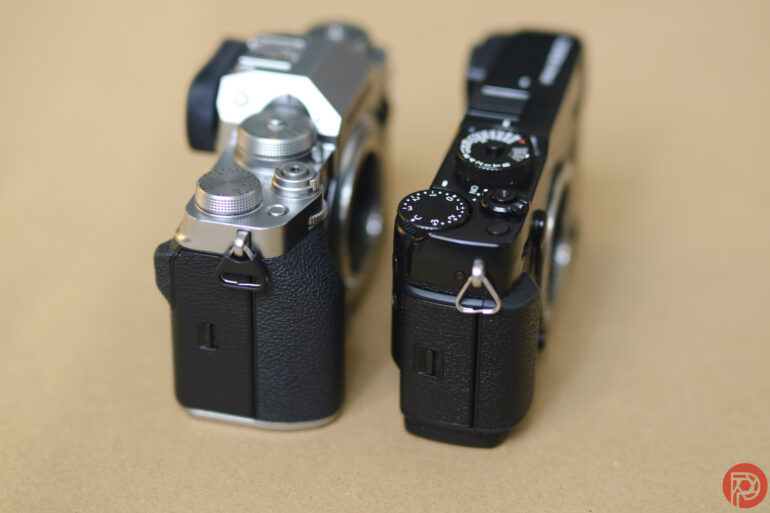
Reports around upcoming Fujifilm cameras and lenses are plenty. From the GFX 100RF to a panorama camera to even the launch of the much-awaited X Pro 4, we come across reports that build up our excitement. Like the cameras, a new report about a Fujifilm sensor is also making rounds online: the launch of a new non-stacked X-Trans CMOS. But is it the truth? Read more and find out.
It’s Not Happening, Period
According to Fujifilm Rumors, the rumor about a 26MP non-stacked X-Trans CMOS V is never going to happen. The article highlights that the stackless sensor, which the rumor claims will have “video reading speed reaches 12bit, full-pixel 60fps, and 4K point-to-point 120fps,” is simply wrong.
In another report by Asobinet, this report was first shared by a Chinese Weibo account, which always has credible sources of information. To explain why this isn’t possible, we have to look at the sensors available from Fujifilm.
- 40.2MP X-Trans CMOS 5 HR: This sensor is available in X-H2, X-T5, X-T50, and X100 VI cameras.
- 26MP X-Trans CMOS 4: X-M5
- 26MP X-Trans CMOS 5 HS: X-H2S
C
T
As seen here, the company only uses three stacked sensors, with the X-H2s being the only camera with a 26MP generation 5 sensor. Thus, the company will likely work on a camera that will, in many ways, be a replica of the X-H2s.
X Pro 4 May Be a Variant of XH2
So, why are we so focused on the sensor? Well, because the future of X Pro 4 may depend on it. In the past, we have reported that when the company launches the highly-anticipated camera, it better work on being more than a copy of its previous camera. For starters, it does not need to have a 40MP sensor like the XT5, which is essentially the XH2. The same goes for X100 VI, which became the rage on TikTok.
So, the post on Fujifilm Rumors further proves that if the company is not focused on a lower-megapixel X Pro 4 camera, then the one they eventually launch will be just another iteration of the XH2. In our previous post, we mentioned that we may not have a unique device if Fujifilm does not release the X Pro 4 in 2024. Instead, the company may keep these features for the XH series, which is one of the company’s high-end APS-C lineup.

Our editor-in-chief has loved the X Pro series despite the internet’s negative opinion of the X Pro 3. In one of his posts, he wrote: “For street photography, the X Pro 3’s screen is one of the best things you could possibly get on a camera. And for professional work, photographers have been looking down into screens with a prism for years.” However, with the direction the company took over the last year, it became evident to us that the GFX series would be the only series to focus on photographers.
Fujifilm has been facing issues with its autofocus for a while now, but its pivot to content creators, over correcting the issues, makes one think about what photographers may have in store this year. Our only hope is that X Pro 4 is not a regurgitated version of existing devices. Otherwise, many Fujifilm owners will invest in older existing cameras, which were once the company’s crowned jewels. Or, they may simply switch over to another brand.

